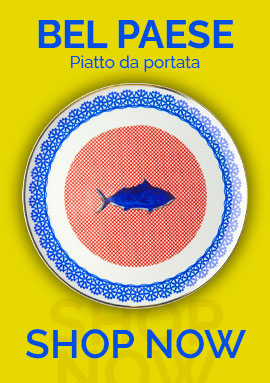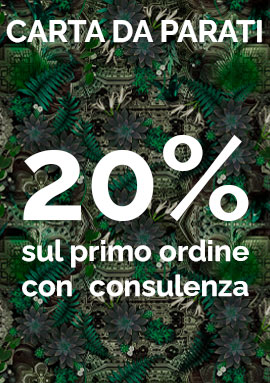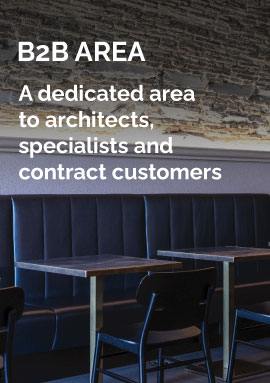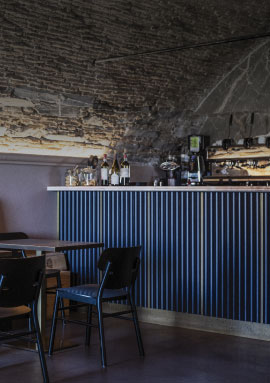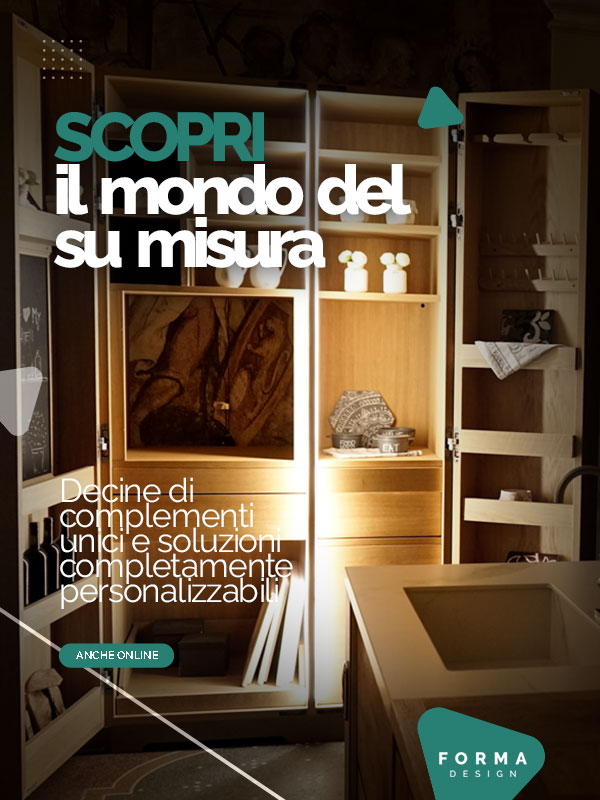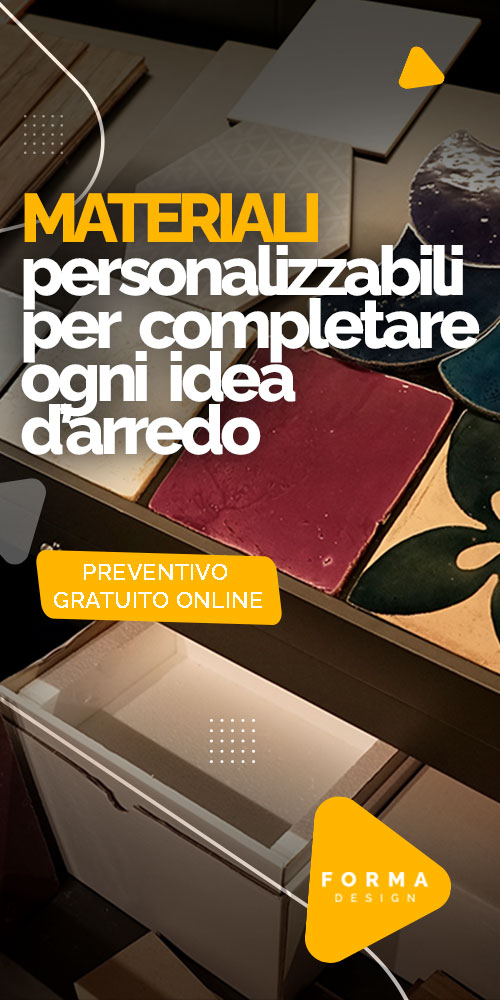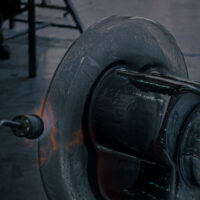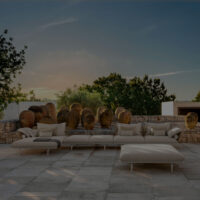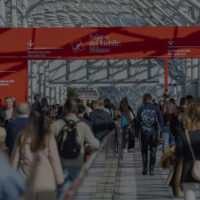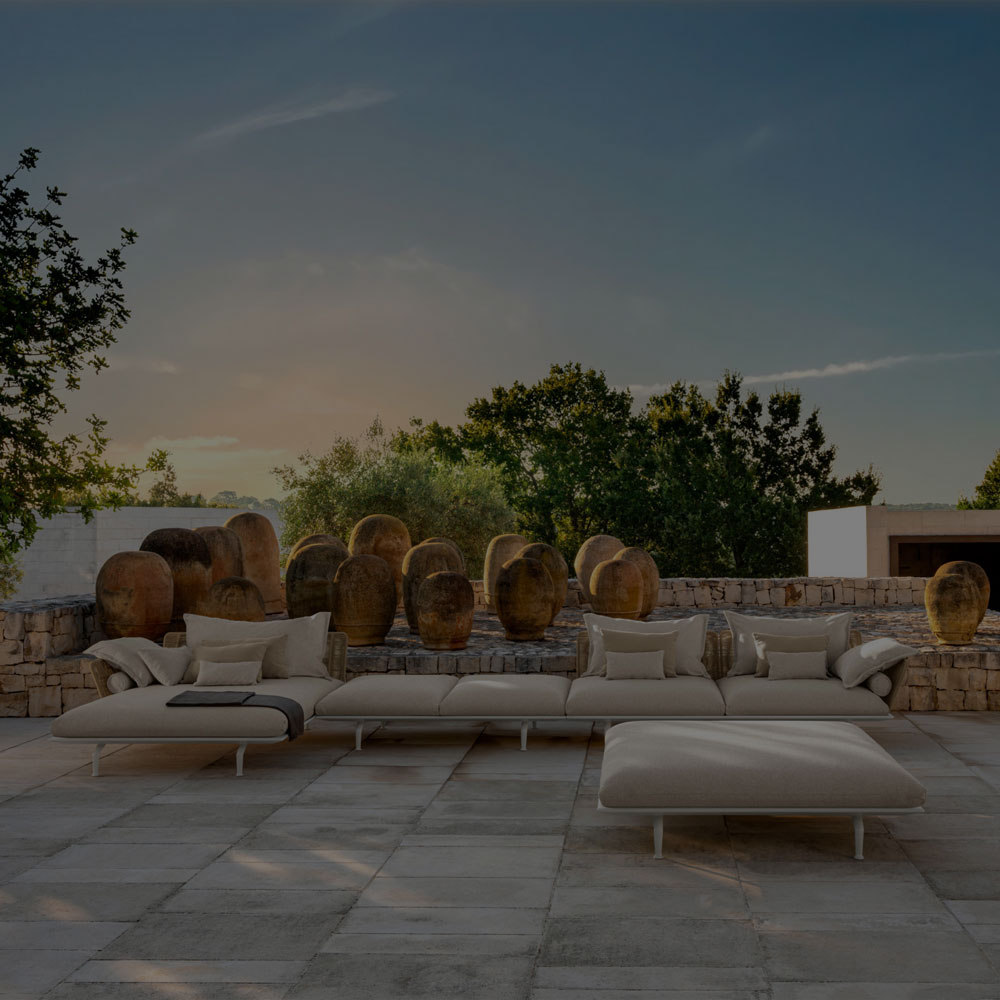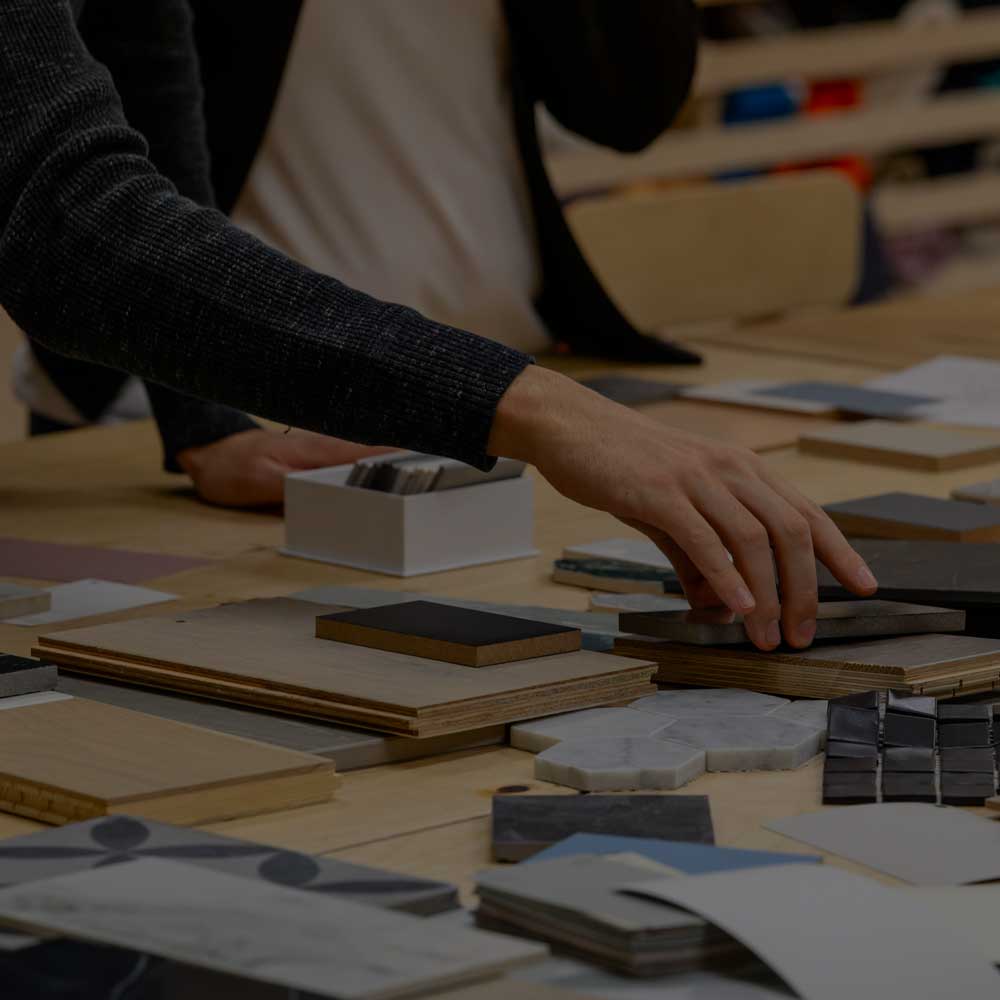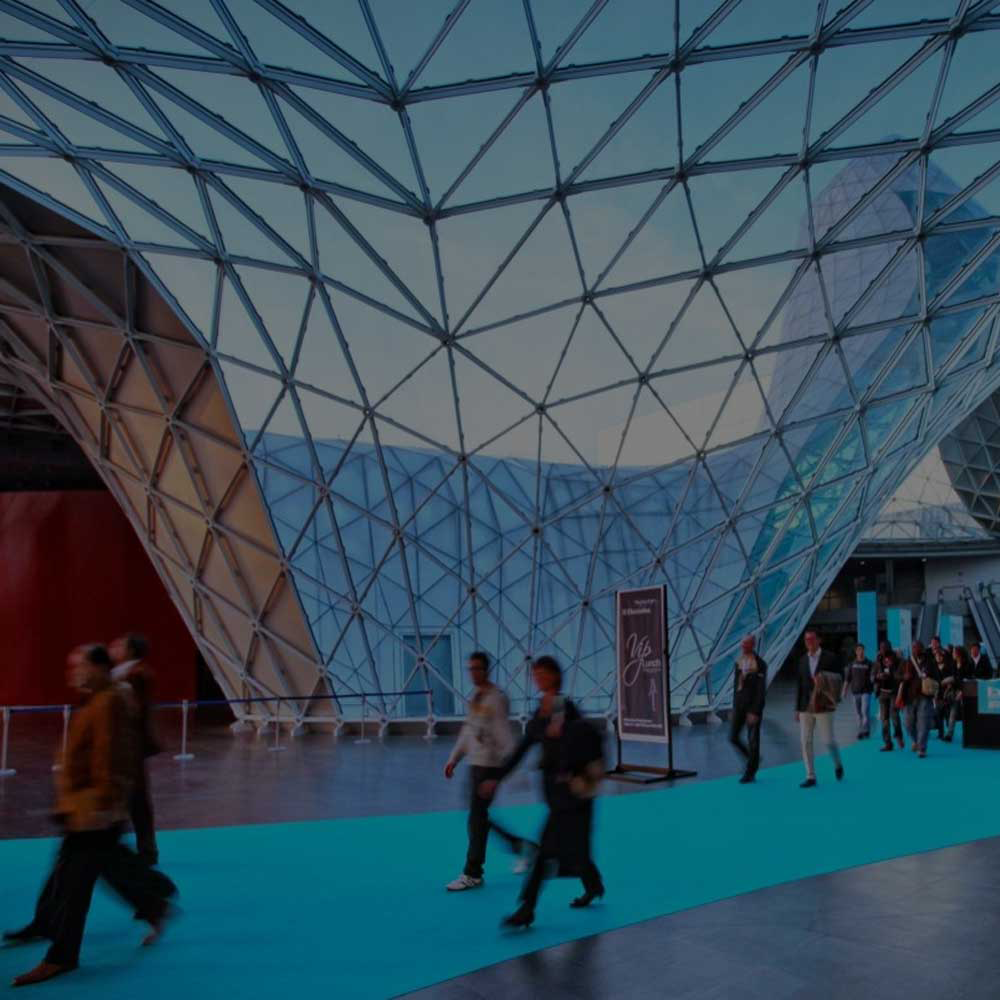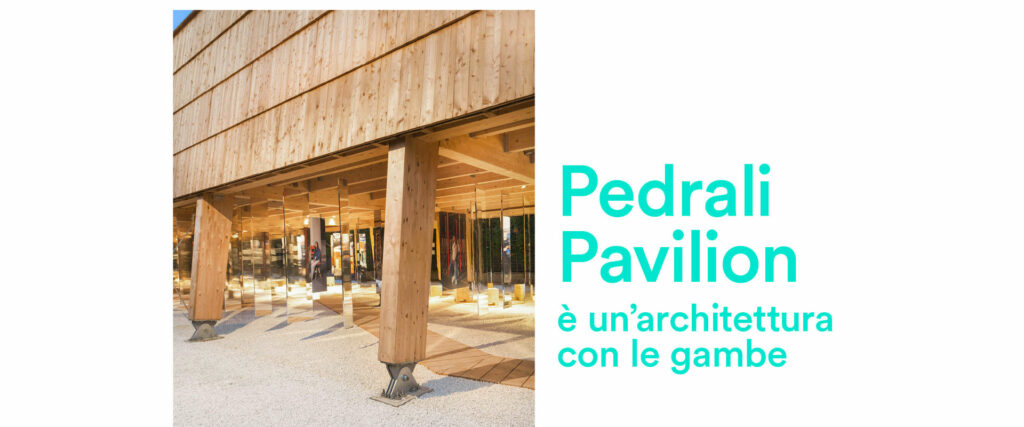
This year marks the 60th anniversary of Pedrali, a company built on a shared vision of designing and producing high-quality furniture that not only stands the test of time but also brings beauty to the places we live. To celebrate this milestone, Pedrali has unveiled the impressive Pedrali Pavilion, designed by AMDL CIRCLE and Michele De Lucchi. This architectural masterpiece, located at the Mornico al Serio Headquarters in Bergamo, Italy, hosts the “Pedrali60, we design a better future” exhibition, curated by Luca Molinari Studio. The exhibition is open until the end of October, inviting not only Pedrali collaborators and architects but also schools, clients, and the general public to explore and be inspired.
In the year when Bergamo and Brescia are recognized as the Italian Capitals of Culture for 2023, Pedrali’s 60th anniversary is a celebration of the company’s cultural heritage. It exemplifies a collection of values that represent the two Lombard cities through the voices of entrepreneurs and businesses that invest and manifest their craftsmanship in their territories daily. Monica Pedrali, CEO of Pedrali, reflects on this special occasion, stating, “The Pedrali Pavilion stands in our Mornico al Serio headquarters, where everything is conceived and brought to life. Ideas and projects for the future come to life here. Choosing to establish the Pavilion in our own territory makes us reflect on our roots and our origins. It’s a new space that belongs to us and will be the legacy of this special anniversary.”

The Pedrali Pavilion, designed by AMDL CIRCLE and Michele De Lucchi, features a spacious elevated roof housing two exhibition levels. A suspended gallery becomes the stage for narrating the company’s history, while a large ground-level portico serves as a path to contemplate the need to find a shared dimension for building the future. The primary structure consists of arched portals connected by horizontal beams. At the upper level, a second arrangement of beams intersects with the exterior to support the large larch shingle roof, enveloping the fir wood flooring. Both sides of the pavilion are open, allowing natural light to flow into the space. On the ground floor, exposed columns form the symbolic legs of the architecture, creating a captivating colonnade.

Michele De Lucchi, the renowned architect behind the pavilion, describes it as “a large roof that stands on its legs, accessible through a staircase that doubles as a grandstand for bringing people, visitors, and spectators together. In this mobile and transportable exhibition space, shows and events can be staged, telling the story of a company, a community of people who build something together that deserves to be built, distributed, sold, and told, combining the destinies of many individuals.”
Visitors are welcomed by an entrance staircase that serves a dual purpose: it is the point of access to the exhibition and, at the same time, a platform for pausing or sitting to participate in presentations and discussions. At the top of the steps, a backdrop hosts the reception area, and it is here, in the suspended gallery among the arches, that the visitor’s journey begins.
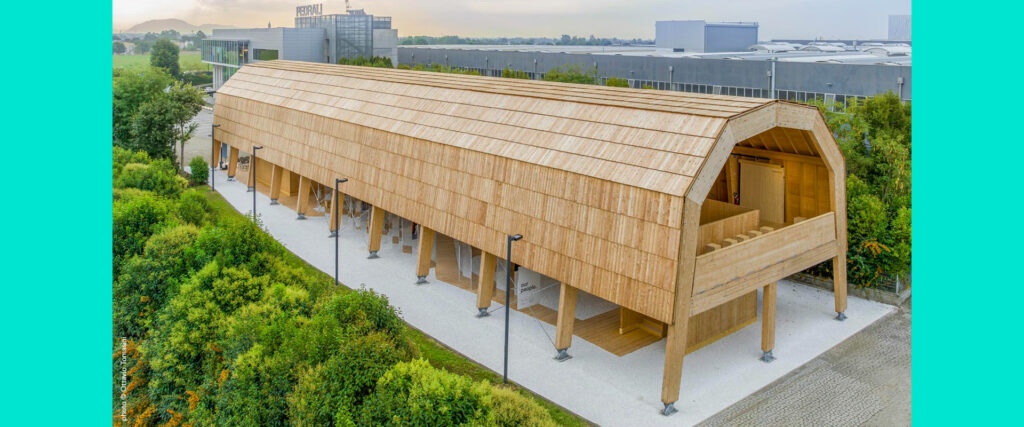
The exhibition unfolds along two linear wooden elements that trace the company’s 60-year history through the voices of the key figures, prototypes, graphics, catalogs, and projects that have contributed to the company’s growth over time.
Luca Molinari, the curator of the exhibition, characterizes it as “a critical reinterpretation of an important business story in Italian design and, at the same time, a look to the future built through a strong consistency with Pedrali’s entrepreneurial and innovative values. Community, research, experimentation, sustainability, widespread quality, a strong connection to the territory, and dialogue with designers are some of the elements that define the exhibition and its paths.”
The exhibition elements serve as dual-sided supports: on one side, physical objects are displayed, while on the other, monitors host testimonials and voices from the Pedrali community. The journey concludes with an open front at the end of the gallery, inviting viewers to look forward, towards the external world and the future.
For more information, visit Pedrali’s website.


